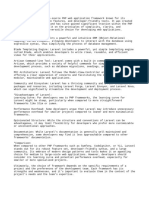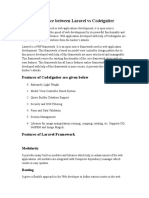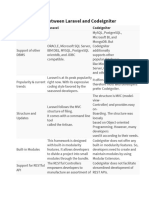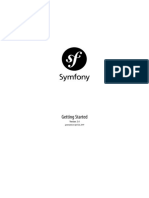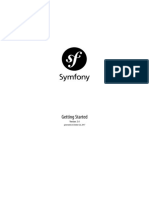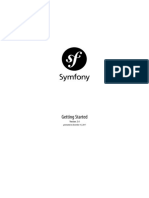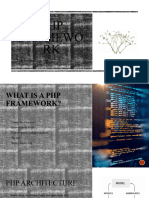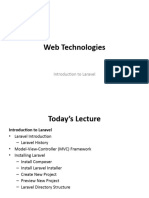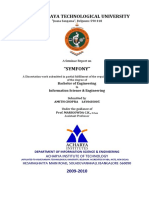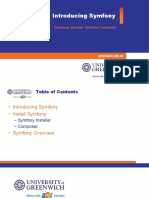0% found this document useful (0 votes)
9 views1 pageLaravel Vs Symfony Comparison Table Colorful
Laravel is a developer-friendly framework with a simpler learning curve and many built-in features, making it ideal for rapid development and smaller applications. In contrast, Symfony offers a more flexible and configurable architecture, suited for large-scale enterprise applications, but has a steeper learning curve and requires more manual setup. Both frameworks have distinct templating engines, ORM systems, and community focuses, catering to different types of developers and projects.
Uploaded by
AbdewanCopyright
© © All Rights Reserved
We take content rights seriously. If you suspect this is your content, claim it here.
Available Formats
Download as PDF, TXT or read online on Scribd
0% found this document useful (0 votes)
9 views1 pageLaravel Vs Symfony Comparison Table Colorful
Laravel is a developer-friendly framework with a simpler learning curve and many built-in features, making it ideal for rapid development and smaller applications. In contrast, Symfony offers a more flexible and configurable architecture, suited for large-scale enterprise applications, but has a steeper learning curve and requires more manual setup. Both frameworks have distinct templating engines, ORM systems, and community focuses, catering to different types of developers and projects.
Uploaded by
AbdewanCopyright
© © All Rights Reserved
We take content rights seriously. If you suspect this is your content, claim it here.
Available Formats
Download as PDF, TXT or read online on Scribd
/ 1

